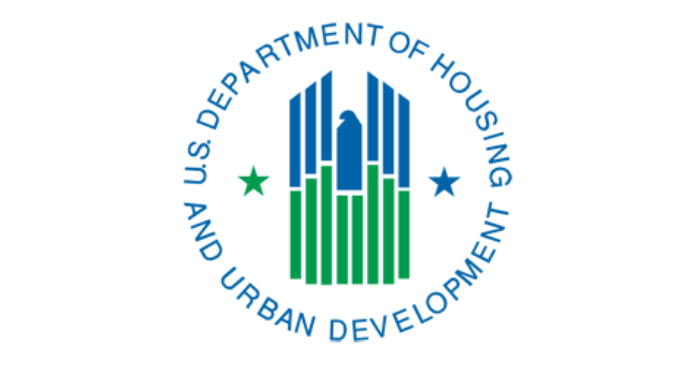
The U.S. Department of Housing and Urban Development’s (HUD) announced the closing of two transactions, totaling $1.1 million, to help finance repairs and energy efficiency and climate resilience improvements at two multifamily properties in Baltimore, Maryland, home to 143 seniors.
These transactions are the first to be used in a construction project in Maryland and will finance energy efficiency and climate resilience renovations at the Greens at Irvington Mews Phase II in Baltimore’s Irvington neighborhood and Park Heights Place in Baltimore’s Arlington neighborhood. The announcement underscores the Biden-Harris Administration’s commitment to ensuring the benefits of American’s clean energy transition reach all Americans and needed repairs to preserve affordable housing.
“Through the Inflation Reduction Act and the ongoing support of President Biden and Vice President Harris, HUD continues to deliver funding to repair and modernize HUD-assisted housing and ensure these homes are resilient,” said HUD Acting Secretary Adrianne Todman. “Today’s announcement means senior residents at two Baltimore properties will benefit from energy efficiency upgrades such as LED lighting, Energy Start appliances, new flooring, and low-flow plumbing fixtures.”
Greens at Irvington Mews Phase II will be a 59-unit, four-story new construction development serving very low-income seniors. HUD will provide rental assistance under its Section 202 Housing for Low-Income Elderly program to 19 of the households at the property. This development will be the second phase of the existing 100-unit Greens at Irvington Mews, which opened in 2013. The new building will be designed with a focus on accessibility to serve an elderly population and incorporate green components into the construction. ECD Irvington Mews II, LLC will use HUD’s GRRP funding to install insulation, LED lighting, Energy Star appliances, low-flow plumbing fixtures, and envelope air sealing to improve energy efficiency.
Park Heights Place is an 84-unit, four-story building serving very low-income seniors. HUD currently provides rental assistance under the Section 202 program to 76 of the households at the property. Originally constructed in 1998, the property is undergoing rehabilitation to update common areas and residential units. Improvements include full roof replacement, new flooring, Energy Star appliances, and accessibility upgrades. Park Heights Senior 2 Limited Partnership will use HUD’s GRRP funding to install Energy Star rated windows, replace light fixtures with LED standard bulbs, and tighten the building envelope through sealing of identified deficiencies to reduce heating and cooling loads.
“We are pleased to complete these Green and Resilient Retrofit Program funding transactions with Irvington Mews II, LLC and Park Heights Senior 2 LP, to help support the energy efficiency and climate resilience for the homes of seniors in Baltimore.”” said Ethan Handelman, Deputy Assistant Secretary for Multifamily Housing Programs. “Funding this work in Baltimore to create new, affordable homes for seniors is exactly what the Inflation Reduction Act and its $1 billion in funding for GRRP was intended to do.”
Funded under the Inflation Reduction Act, GRRP provides funding for direct loans and grants to make improvements to HUD-subsidized properties serving very low-income families, seniors, and persons with disabilities. Properties were selected through three distinct funding opportunities designed to meet the diverse needs of properties across the country. Funding can be used to improve energy or water efficiency, enhance indoor air quality, install zero-emission electricity generation and energy storage equipment, acquire low-emission building materials, implement building electrification strategies, or address and improve climate resilience. The program seeks to amplify recent technological advancements in energy and water efficiency and to bring a new focus on preparing for climate hazards by reducing residents’ and properties’ exposure to hazards and by protecting life, livability, and property when disaster strikes.











